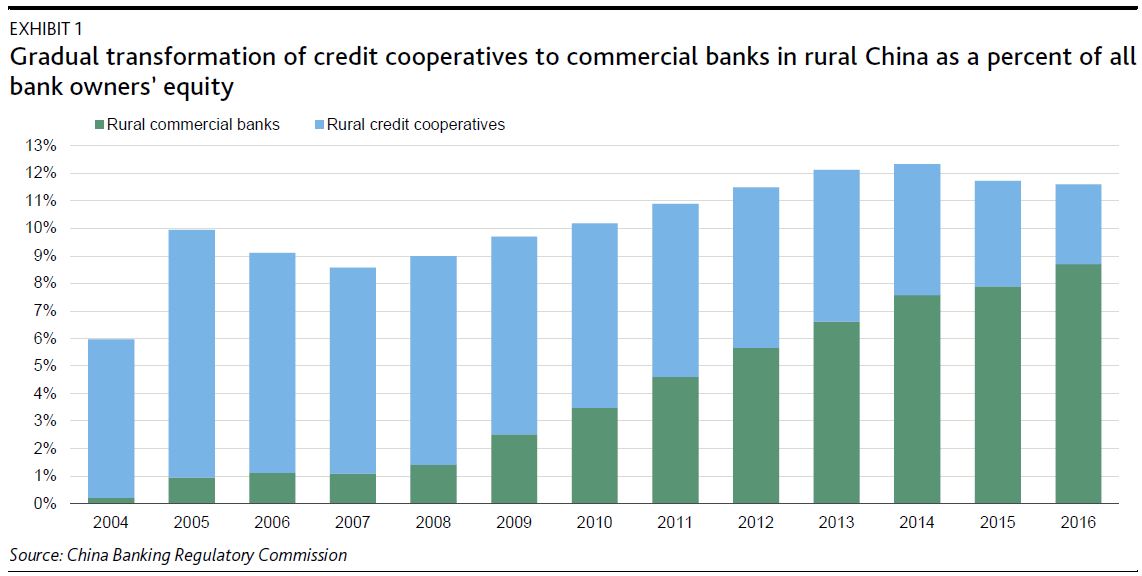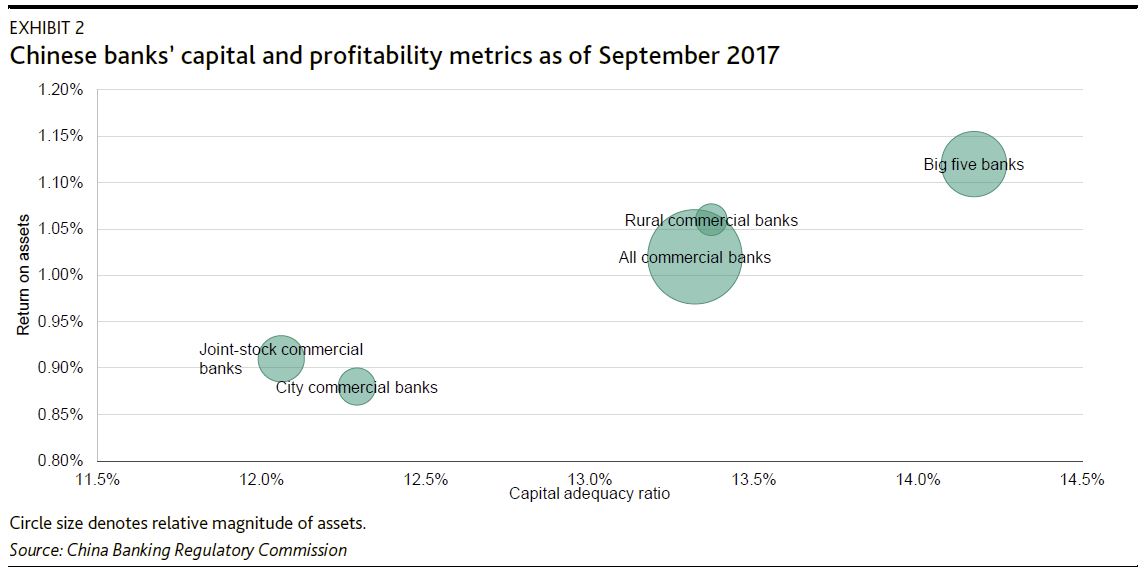From Moodys
On 16 November, the China Banking Regulatory Commission published for public comment a draft regulation on commercial banks’ shareholding. The draft regulation raises the bar for investor qualification, demands the long-term commitment of significant shareholders’ (those owning a 5% or greater stake) investment, and requires annual disclosures of significant shareholders and related parties. The proposed regulation is credit positive for China’s financial firms because it will limit the systemic transmission of financial risks, improve the quality of the firms’ capital and strengthen their corporate governance.
The draft regulation will serve as a benchmark for regulating non-bank financial institutions including rural credit cooperatives, trust companies, financial leasing companies, automobile and consumer finance companies, and financial asset management companies, which are a type of specialist firm that works out nonperforming financial assets. More stringent investor qualifications include a ban on leveraged acquisition of shares, in line with the authorities’ policy priority of deleveraging the financial system and the real economy. In addition, the draft regulation will limit system interconnectedness by restricting any investor from becoming a significant shareholder of more than two banks or a majority shareholder of more than one bank.
The draft regulation also raises the entry barrier for significant shareholders by setting up a prior-approval process to screen out investors that have overdue bank debts or outstanding court judgments against defaults. Investment pools such as funds, insurance asset-management plans or trust plans cannot own more than 5% of a bank if they are ultimately controlled by a single entity. The higher barrier will diversify the investor base for banks and reduce system interconnectedness. The tighter ownership rules are particularly relevant for rural commercial lenders, which are transforming themselves to commercial banks from mutual institutions of credit cooperatives (see Exhibit 1).
In the banking regulator’s view, there is abundant capital to invest in bank shares, attracted by the sector’s higher profitability. As Exhibit 2 shows, rural commercial banks have had profitability and capital metrics second only to China’s big five banks.
Securing quality capital will improve banks’ creditworthiness. The draft regulation will improve the quality of capital that banks receive from significant shareholders by annually certifying a shareholder’s ability to inject capital into investee firms in times of need. The draft regulation also requires a five-year lockup period of significant shareholders’ investment to protect banks’ ability to create long-term value.
Additionally, the draft regulation tightens the enforcement of existing rules on connected-party transactions by expanding the scope of the rule. Emphasizing a “see-through” principle to improve disclosure on the ultimate beneficiaries of shareholding, the draft regulation specifies connected parties include investors’ controlling shareholder, actual controlling entity, affiliated entities, entities acting in concert and ultimate beneficiaries.


